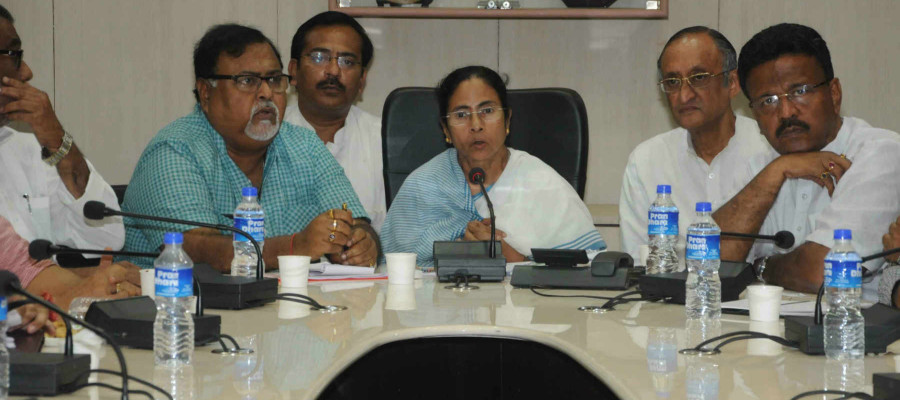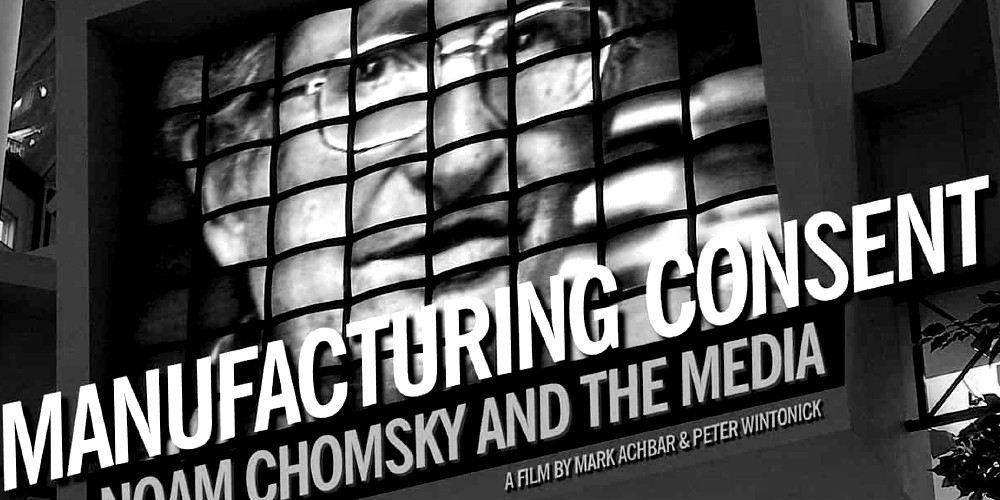As promised, Canary Trap is back with updates on the paid news controversy that has hit the Press Council of India (PCI). I told you about the objections of the powerful lobby in the PCI to the draft report which exposed the corrupt practices of some media houses during the Lok Sabha polls 2009 and the subsequent Maharashtra Assembly polls.
The draft report, prepared by a two member sub-committee of the PCI (Kalimekolan Sreenivas Reddy and Paranjoy Guha Thakurta), was discussed in detail by the PCI at its two meetings (Indore and New Delhi) held on March 31 and April 26, 2010. After suggestions from the members, a drafting committee was formed to prepare the final report for the consideration of the council. The 12-member committee included H N Cama, Lalit Mangotra, U C Sharma, Y C Halan, K Sreenivas Reddy, Kalyan Barooah, S N Sinha, Anil Jugal Kishore Agarwal, Kundn R L Vyas, Paranjoy Guha Thakurta, P Javadekar, and Keshav Rao.
The final report of the PCI is nothing but an exercise in futility. The report is so watered down that if one compares it with the draft report, the extent of corruption in the media itself gets exposed. Let me explain it to you point-by-point.
- The draft report was 71 pages long (around 36,000 words) and the final report has just 13 pages. A little over 3 pages have been wasted in listing down the guidelines of the PCI (this can be easily downloaded from their official site) with regard to poll coverage. The most notable difference between the two reports is that while the draft report listed specific instances of paid news with the names of media publications, the final report does not mention even a single name. This, at a time when the entire Indian media is going all-out against the corruption in the Commonwealth Games 2010.
- While the draft report highlighted the innovative concept of “private treaties” practiced by companies like Bennett, Coleman Company Limited in great detail, the final report only makes a minor mention of it (hardly a paragraph). The draft report mentions SEBI’s letter to the PCI regarding “private treaties” and its suggestion to deal with the problem. But the final report has surprisingly failed to mention that.
- The final report focuses only on the paid news incidents observed during the Lok Sabha polls 2009. It ignores the paid news incidents during Maharashtra Assembly polls (many of which were prominently highlighted by noted journalist P Sainath in his article in The Hindu).
- The final report strangely states that self-regulation is the best option to check the “paid news” phenomenon, and at the same time admits that it offers only partial solutions to the problem.
- The most shocking part of the final report is the footnote at the end of the report which states: “The Council decided that the report of the Sub-Committee may remain on record of the Council as reference document.” The draft report was not even added as an annex to the final document.
- Another footnote states: “The issue of strengthening the Working Journalists Act to be taken up separately.” According to P Sainath, the members “acted as owners and employers, not as members of the PCI guarding the integrity of the press and its standards.”
To fully understand the fraud that has been committed on the people of this country, I have uploaded both the reports. You can click on the links below to read them and arrive at your own conclusions.
The “watered down” report came out with recommendations to tackle the problem of paid news. They are:
- Representation of the People Act 1951 be amended to make incidence of paid news a punishable electoral malpractice.
- The Press Council of India must be fully empowered to adjudicate the complaints of “paid news” and give final judgement in the matter.
- Press Council Act be amended to make its recommendations binding and electronic media be brought under its purview.
- Press Council of India should be reconstituted to include representatives from electronic and other media.
READ MORE HERE:
Paranjoy Guha Thakurta interview
Who voted how in the Press Council meeting


One Comment